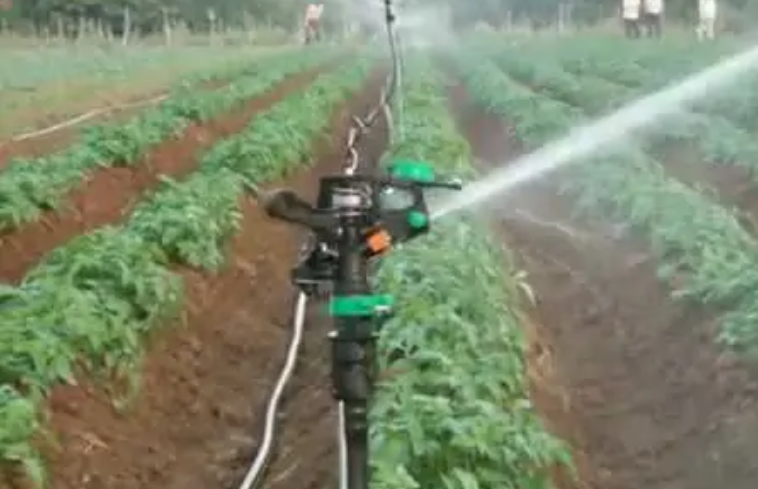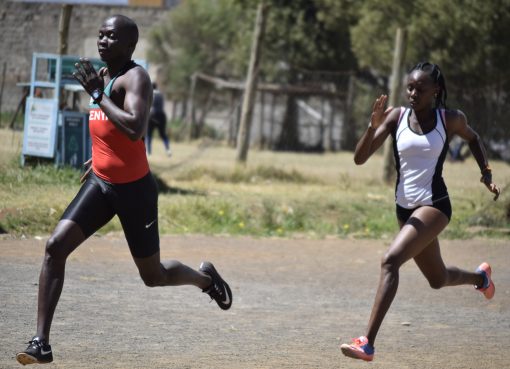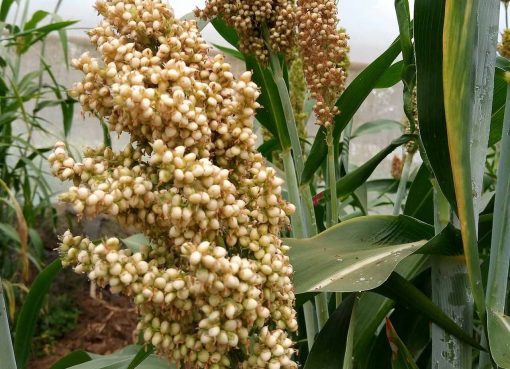Nakuru County Government, through a public-private partnership, is providing incentives and technical support to farmers in an initiative aimed at scaling up the uptake of renewable energy in both agricultural and fisheries sectors to help enhance food security.
According to the County Executive Committee Member (CECM) for Water, Environment, Energy, and Natural Resources, Dr. Nelson Maara, the County was driving a clean energy revolution aimed at enhancing climate change adaptation and strengthening food security by reinforcing homegrown agriculture through improved irrigation, cold storage, and deploying fuel-efficient technologies across food systems.
Dr. Maara said the County government, through the partnerships, was promoting the adoption of equipment that reduces post-harvest losses and preserves food quality through indirect geothermal heating, green energy-powered cooling technologies, solar dryers, and milling and oil processing equipment.
The CECM said the County was collaborating with the Geothermal Development Company (GDC) to supply farmers with geothermal steam for agricultural-related processes, including drying tea and cereals, powering dairy pasteurisation, heating greenhouses, and in fish farming.
Speaking when he held a consultative meeting with representatives from the World Resources Institute (WRI), the CECM explained that solar-powered irrigation had the potential to drip-irrigate crops in both small and large farms that could help reduce resources used in agricultural production for the farmers.
While noting that more than 40 per cent of food perishes before it reaches the consumer, Dr. Maara elaborated that solar-powered cold storage rooms could provide an effective and inclusive solution in off-grid areas through shared ownership, lease, or “pay-per-use” business models.
He gave an example of a typical farm in Kenya, where the cost of irrigating one acre for five years using a solar pump was estimated at Sh330,000 as compared to Sh660,000 when using an equivalent diesel pump.
“This partnership will be key in addressing the challenges of energy access, improving productivity, and creating jobs,” assured Dr. Maara.
The County official further said that renewable energy could play a critical role in meeting the needs for electricity, heating, cooling, and transport of food systems in Kenya.
Renewable energy, the CECM added, could help advance efforts to end hunger, lower greenhouse gas emissions, increase the adaptive capacity of farmers and Agri-enterprises, raise incomes, and lessen the environmental impact in the food sector.
Dr. Maara, however, pointed out that scaling up renewable energy use in agri-food systems to advance food security will require concerted action by decision-makers in government, the private sector, international organisations, financing institutions, academia, and nongovernmental organisations.
While citing the potential in Geothermal energy, Dr. Maara said if efficiently harnessed, the geothermal heat could deliver energy that will enable farmers and food processors to increase quality food production and help improve food security.
With regard to fish rearing, Dr. Maara said aquatic ponds are heated and maintained at 29 degrees centigrade for optimal fish metabolism, leading to faster growth, adding that maintaining aquatic ponds at a constant temperature of 29 degrees’ centigrade would decrease the maturity period of fish from six to four months for Tilapia, where profitability is increased by more than 40 per cent.
He said farmers were being encouraged to use solar panels (also called Photovoltaic or PV panels) to generate electricity from sunlight, adding that the electricity could be used to power a water pump, normally used for village water supply, livestock watering, and small-scale crop irrigation.
Research Associate at the World Resources Institute (WRI), Mr. Victor Otieno, explained that the partnership with Nakuru, Nyandarua, Homa Bay, and Machakos counties will involve collecting comprehensive data to identify areas where renewable energy can be effectively applied in agriculture and fisheries.
The data collected, Mr. Otieno indicated, will guide interventions that foster investment in renewable energy technologies like solar-powered irrigation and cold storage solutions.
In Nakuru, he disclosed that the project will target key value chains, particularly crops like kales, cabbages, tomatoes, mangoes, and pineapples, to boost productivity and reduce post-harvest losses.
The United Nations Environment Programme (UNEP) states that the global food production system produces a third of the world’s greenhouse gas emissions, and over 70 per cent of these come from livestock and fisheries, crop production, and land use. The rest comes from food processing supply chains related to packaging, transport, and retail.
By Esther Mwangi and Meggy Njoki





